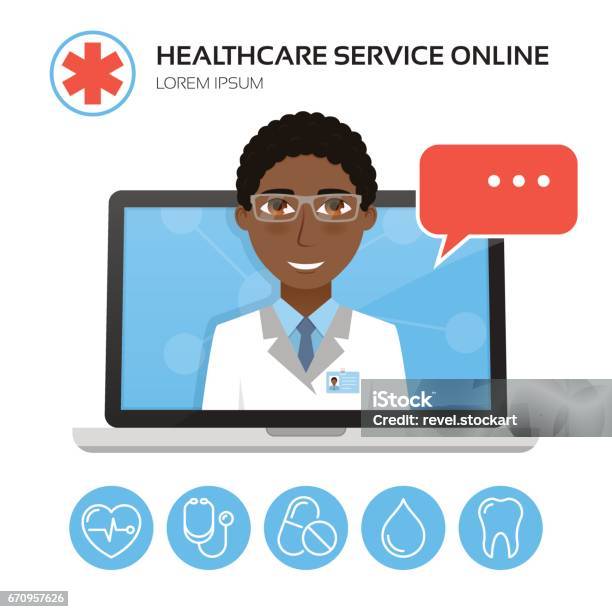How Subscription Based Healthcare is Reinventing Patient Access to Services
How Subscription Based Healthcare is Reinventing Patient Access to Services
Blog Article
Comprehending the Cost-Effectiveness of Subscription-Based Medical Care Versions
As the healthcare landscape advances, subscription-based models emerge as an engaging option, assuring to redefine how people handle medical expenditures. Examining these versions' cost-effectiveness necessitates a nuanced contrast with traditional insurance coverage, taking into consideration both economic effects and person complete satisfaction.
Overview of Subscription-Based Versions
Subscription-based health care designs, often referred to as straight medical care or attendant medication, are progressively getting interest as a potential remedy to inadequacies within typical medical care systems. These versions run on the concept of offering patients direct access to medical care providers with a annual or monthly charge, bypassing the need for standard insurance policy devices. This plan aims to improve patient-provider communications by reducing management burdens, which commonly hinder individualized and timely treatment.
At the core of subscription-based models is the focus on a more individualized patient experience. Clients profit from improved access to their physicians, often including same-day or next-day visits, extended assessment times, and direct communication networks such as phone or video phone calls. This design promotes a proactive approach to health care, where suppliers and patients can collaboratively concentrate on preventative treatment and chronic illness administration.

Cost Contrast With Traditional Insurance Coverage

One of the key financial advantages of membership versions is openness in prices. Conversely, conventional insurance may be more useful for individuals requiring specialized care or costly treatments not covered under a subscription model, as they benefit from the more comprehensive coverage network and cost-sharing systems.
Nonetheless, cost-effectiveness is context-dependent. While registration versions might provide financial savings for those mostly requiring health care, individuals with persistent problems or specialized healthcare demands might find standard insurance much more comprehensive. For that reason, evaluating particular medical care demands and potential use is important in identifying the most economical choice for people.
Influence on Client Fulfillment
Patient complete satisfaction within subscription-based health care versions frequently shows a substantial enhancement over conventional insurance systems. Unlike conventional systems, where clients could experience hold-ups in obtaining care, subscription-based models make certain even more straight and prompt interactions with health care suppliers.
Furthermore, the transparency in costs connected with subscription-based healthcare alleviates the usual aggravations connected to unforeseen fees and complicated payment procedures seen in standard insurance policy (subscription based healthcare). Individuals appreciate understanding the exact economic dedication upfront, resulting in increased trust and confidence in their health care monitoring
Furthermore, the focus on precautionary care and wellness in registration models adds to enhanced wellness results, additionally improving client satisfaction. By concentrating on continuous health and wellness upkeep as opposed to episodic treatment, individuals experience an even more alternative and continuous healthcare journey.
In addition, the improved provider-patient relationship cultivated in these designs, identified by more time invested per person and individualized interest, plays a crucial function in boosting individual fulfillment levels, as people really feel genuinely cared for and recognized.
Service Provider Point Of Views and Experiences
From the company's viewpoint, subscription-based health care versions supply a transformative approach to delivering clinical services. These models emphasize a preventative and aggressive healthcare approach, allowing suppliers to concentrate on thorough patient treatment without the constraints of conventional fee-for-service plans (subscription based healthcare). This shift in focus often results in improved patient results and raised service provider satisfaction, as healthcare experts can allot even more time and resources to client involvement and customized care strategies
Moreover, registration models promote foreseeable income streams, which boost financial stability for doctor. This predictability permits enhanced resource planning and allotment, contributing to an extra efficient healthcare shipment system. Companies can buy personnel facilities, training, and technology enhancements, thus improving the top quality of care supplied.
Nevertheless, the change to subscription-based designs is not without difficulties. Service providers have to adapt to brand-new operational structures, which can involve considerable changes in invoicing techniques and person monitoring systems. Furthermore, there is a fundamental requirement for robust data monitoring to track client end results and guarantee top quality care. Regardless of these difficulties, several suppliers discover that the you can look here benefits of boosted individual communication and structured procedures exceed the initial difficulties, making subscription-based models an appealing option.
Future Potential Customers and Obstacles

A key obstacle is regulatory compliance, as membership designs need to adhere to progressing medical care plans and insurance demands. This requires continual adjustment and advancement to make certain placement with legal requirements. Additionally, incorporating these versions into existing medical care frameworks can be intricate, calling for considerable investments in innovation and training.
There is additionally the possible threat of creating injustices in medical care access, as registration designs might favor those who can manage them, leaving prone populations underserved. Resolving this calls for thoughtful consideration of rates approaches and subsidy devices to make sure inclusivity.
Conclusion
Subscription-based health care models offer a practical choice to traditional insurance by supplying economic predictability and transparency, especially benefiting people with chronic problems or official source regular medical care needs. The cost-effectiveness of these models is contingent upon private medical care use patterns and situations. While they may enhance patient complete satisfaction and improve budgeting, difficulties continue to be in resolving specialized care requirements. Future factors to consider include balancing detailed coverage with affordability and integrating these versions within the wider medical care system for optimum end results.
Subscription-based healthcare models, often referred to as straight main treatment or concierge medication, are increasingly acquiring interest as a prospective solution to ineffectiveness within typical medical care systems. Unlike traditional systems, More Info where clients might experience delays in receiving treatment, subscription-based versions guarantee even more straight and timely interactions with healthcare carriers.
These versions emphasize a proactive and preventative health care method, allowing providers to focus on extensive individual treatment without the restrictions of typical fee-for-service setups. As these models proceed to obtain traction, they offer the potential to revolutionize client accessibility to care, simplify solution distribution, and optimize medical care investing.Subscription-based healthcare models provide a viable alternative to typical insurance by supplying monetary predictability and openness, especially benefiting people with persistent problems or regular health care demands.
Report this page